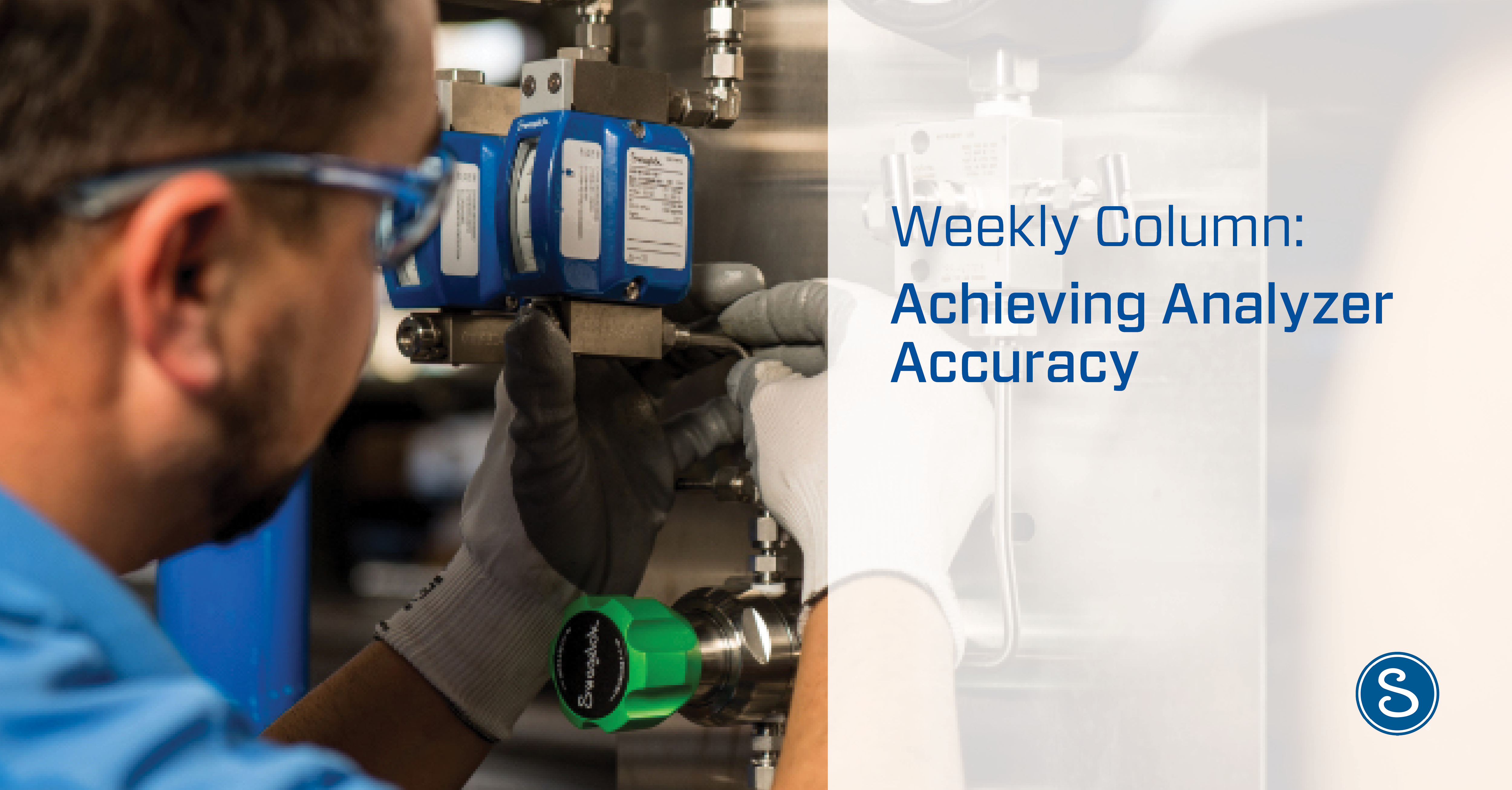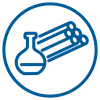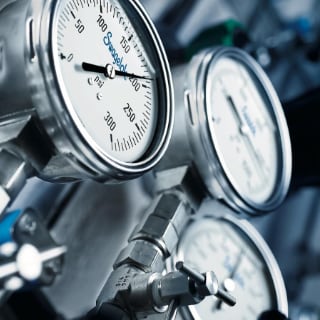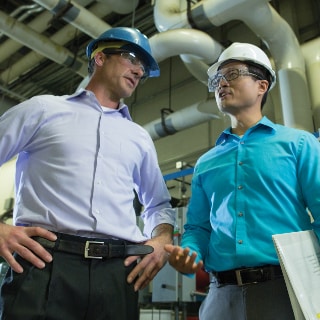Achieving Analyzer Accuracy

About 80% of analyzer problems are due to
sampling system performance issues
As an operator, you're likely to trust the results of an analyzer, but what if the results were inaccurate? Engineers design the system, operators operate them — simple. Field Engineers however, can evaluate your operations and diagnose sampling system inaccuracies to prevent an inaccurate sample.
Learn how Swagelok can help you - Read more about our Evaluation & Advisory Services
In this Weekly Column, we'll discuss optimizing system capabilities, keeping your sample timely, and maintaining your sample composition.
 Optimize System Compatibility
Optimize System Compatibility
The accuracy of your analyzer depends on the compatibility of the sampling system with your fluid system. Different process fluids and gases will most likely require different system designs for each application. Some variables to consider are:
- Temperature: Certain process fluid or gases can be sensitive to temperature, which can have an impact on the results. For example, liquids can vaporize into gas when boiled whereas gas when cooled can create condensation, or return to liquid state, and it's up to operators make the proper measurements to maintain representative samples. Insulation and tube heating elements can be used to withstand these temperature changes.
- Pressure: Measurements can be critical to even natural pressure drops that occur as a sample travels through the system. Selecting the right valves can help ensure proper pressures are maintained.
- Flow: In today's industry, time translates to cost. A faster flow within sampling systems is recommended for the sampling mixing, cleaner sample lines and fast response time. In addition, considering a higher flow throughout your system can help prevent solids from forming on the interior of your tubing.
 Keep Your Samples Timely
Keep Your Samples Timely
Minimizing time delay should be a priority for operators, as sample characteristics can change the longer the delay. Ideally, time delay should not exceed one minute. Some of the factors that can cause further delays include:
- Pressure: Gas pressure in a transport line should be reduced at the tapping point as much as possible to allow a less-dense gas sample to travel faster to the analyzer.
- Probes: Probes can draw samples quickly and help to maintain sample representativeness, but unnecessarily large sample probes for the application can lead to greater delay.
- Line sizing: The farther the sample must move and the larger the internal volume of the transport lines, the longer the time delay—selecting the right size tubing for the application can help reduce time delay.
- Dead legs: Dead legs or unpurged volume allows molecules to diffuse into the sample causing a slow analyzer response and potential contamination of your
- Analyzer delays: Sometimes delay occurs within the analyzer itself. For example, if an analyzer requires manual operation, the operator must be ready to initiate analysis when a sample is incoming.
 Maintain Your Sample Composition
Maintain Your Sample Composition
Optimizing your systems compatibility and reducing your time delay doesn't mean the integrity of your sample cannot be compromised. Some additional considerations include:
- Unexpected separation: When a material composition separates, it can dramatically affect analyzer results. If a sample has separated, the analyzer cannot determine the original composition, leading to compromised reading. Maintaining proper temperature and pressure can prevent separation, or fractionation.
- Adsorption: When sample fluid touches a surface, a few molecules stick. Loss of molecules due to adsorption can spoil your sample. Pick the proper materials for filter elements, regulator diaphragms, tube walls, or gas cylinders when designing or maintaining your system to avoid this issue.
- Contamination: Most often the wrong type of filter has been installed and may not be intended for the process fluid or gas. Contamination can occur when particles are missed due to the wrong filter, and ultimately compromising the sample. Some filters may restrict flow and either dramatically increase time delay, or starve the analyzer of process fluid.
|
Following these three rules can help operators ensure representative samples and accurate analyzer readings. Unsure where to begin troubleshooting your sampling system issues? Swagelok® sampling system evaluation and advisory services can help identify these and other areas for improvement in your system, backed with actionable insights and prioritized recommendations for improvement to help you deliver quality products for your customers. |
Read the full blog on the Swagelok Reference Point





.ashx)